Single-board computers such as the Raspberry Pi pack the processing power for some impressive maker projects, but they’re also comparably larger and costlier than other alternatives. For low-cost and real-time applications, we turn to microprocessors.
Microprocessors are tiny chips that can manage input and output of various types in real time. There are many types of microprocessors out there, but some of the most common are AVR ATmega chips. Unless you’re used to working with them, programming microprocessors can be a steep learning curve. Thankfully, manufacturers have created development boards like the ubiquitous Arduino, developed by a team of engineers in Italy back in 2005.
These boards connect the pins on the chip to headers, which provides easy access for prototyping. Furthermore, the necessary electronics needed to use such pins are already included, such as voltage regulators, pull-up resistors, diodes, and so on. This means that a beginner could start creating without needing extensive knowledge of electronics!
Some of the most popular versions include the Arduino Uno, Arduino Leonardo, and Arduino Micro. In this article, we’ll look at some fascinating projects for beginners that are based on these very boards, though many will also work with an alternative board.
Practical Projects
While the main purpose of the following projects is to give you practice with Arduino and programming, you can also end up with a useful little object. Remember, these projects are just a starting point, so feel free to make them your own!
OLED Display
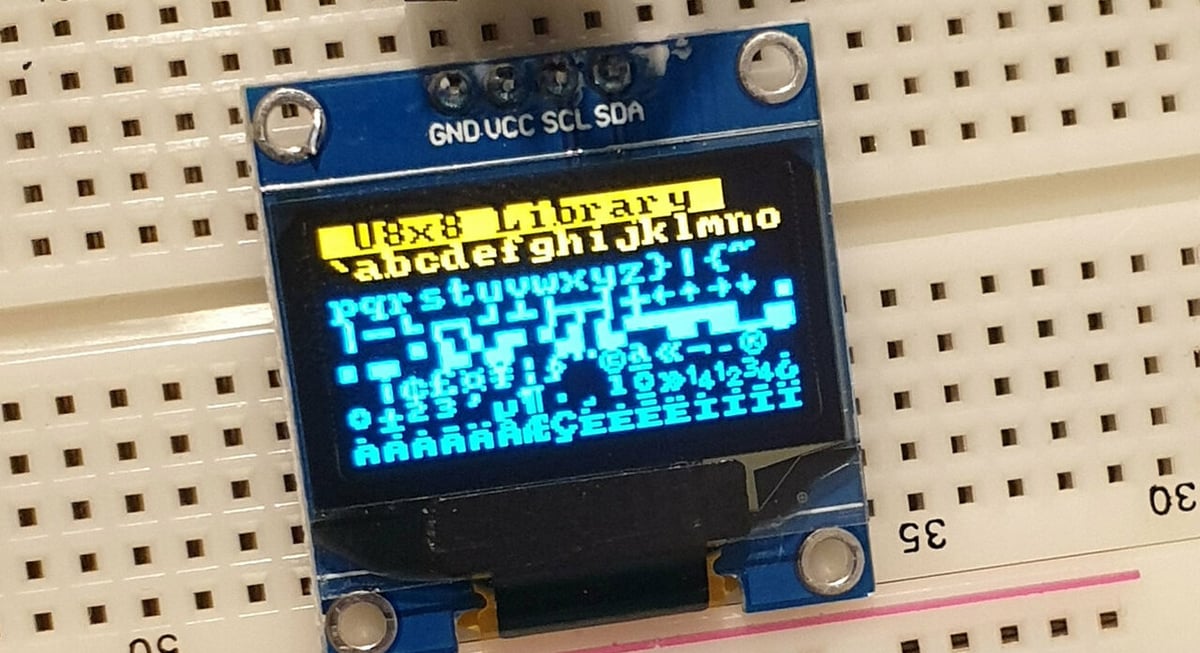
This project teaches you how to utilize the low-power, bright, and mini OLED display. These are OLED display modules based on the SSD1306 chip.
With plenty of libraries available, such as Adafruit’s SSD1306 repository on GitHub, connecting one of these displays is a great project for a beginner.
- Who designed it: tronixstuff.com
- Core components: Arduino Uno, SSD1306 OLED, breadboard, jumper wires
- Where to get it: tronixstuff.com
Accurate Clock

Do you appreciate being extremely punctual and truly knowing the precise time of day? This easy-to-make Arduino accurate clock has got you covered. Though the project uses a Nano, it seems replicable on other Arduinos, such as the Uno.
The extremely responsive creator (who carefully answered all makers’ questions) put together this project to make a precision timekeeper. The trick here is the code, which utilizes date storage and calculations. This project is also highly budget-friendly, requiring only a few core components to create.
- Who designed it: paulsb
- Core components: Arduino Nano, tactile switch, potentiometer, LCD, jumper wires
- Where to get it: Arduino Project Hub, Hackster
BlindSight
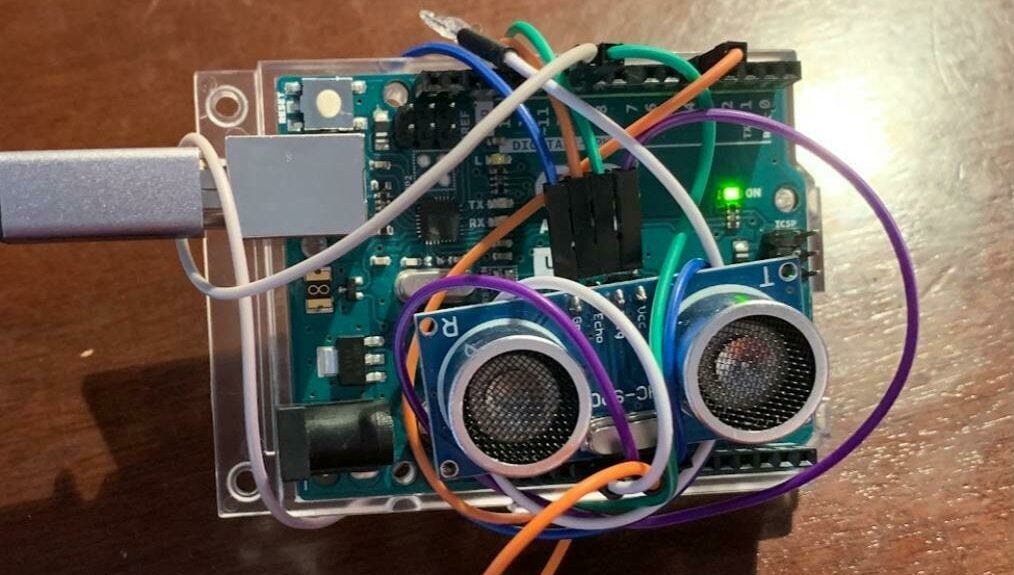
This is a thoughtful wearable (if you add a couple of accessories) Arduino-operated device for the blind or sight-impaired that provides vibrations for its wearer to avoid obstacles in the way, via the help of a sensor.
The brains of the wearable is the Arduino Uno, using a beginner-friendly circuit design. The project’s creator does a great job clearly explaining the circuit assembly and how to set up the necessary software, with some helpful suggestions about how to prolong the battery life. All in all, while easy to make, the thought process behind it is sophisticated.
And the creator hasn’t stopped, further developing the project with a second version that has a smaller footprint, among other additional features.
- Who designed it: Daniel Ramsgard
- Core components: Arduino Uno, ultrasonic sensor, transistor, vibrating disc motor, jumper wires, 9-V battery
- Where to get it: Hackster
Heart Rate Reading
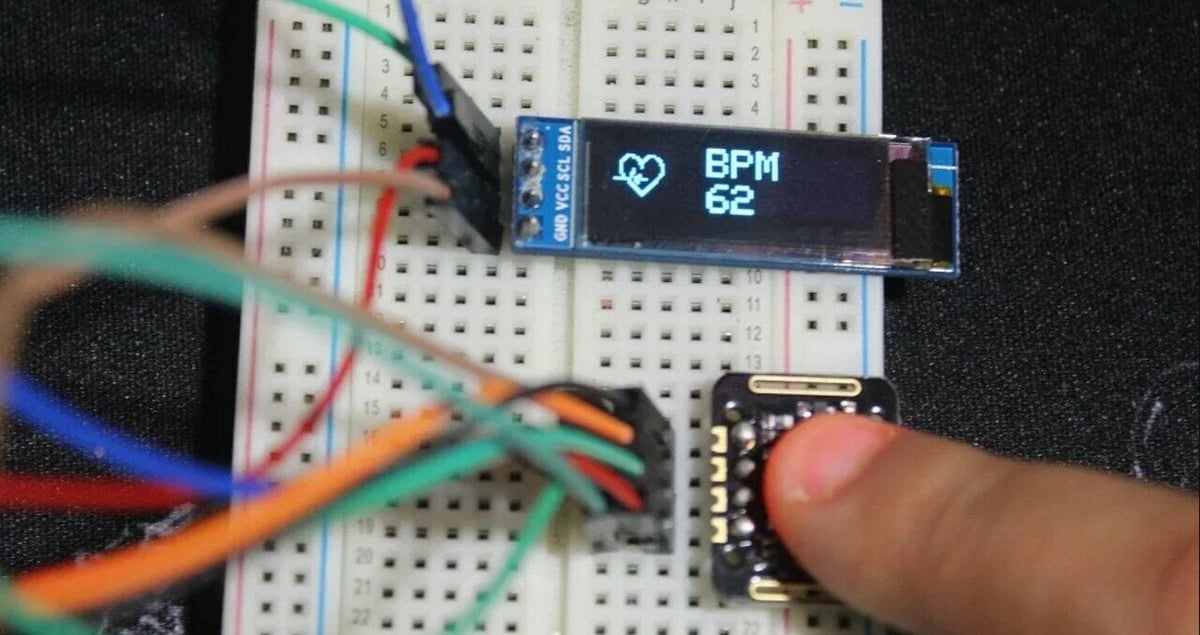
Have you ever been tinkering and wondered how many times your heart beats per minute? Or maybe you’re hanging with the family and want to measure your grandpa’s heart rate. Who needs a smartwatch when you can build your own heart rate monitor on your own?
Using a pulse oximetry and heart rate monitor module with your Arduino Uno, you can measure your heart rate and oxygen saturation level by placing your finger on a small sensor until you hear a “beep”. The average of four measurements gets displayed on an OLED.
Aside from the hardware, the author of this project has provided the full code and bitmaps that were used. Along with the detailed explanation, you’ll easily be able to replicate this project yourself! You can also watch the completed project in action.
- Who designed it: SurtrTech
- Core components: Arduino Uno, 128×32 OLED display, MAX30102 sensor, buzzer
- Where to get it: Arduino Project Hub, Surtrtech
Room Thermometer & Humidity Meter

This is a great project if you need to keep an eye out for how warm and humid a room in your home or garden is getting, particularly to prevent mold or overheating. It’s a low-budget creation and the steps in the tutorial are straightforward and well explained.
You’ll hook up the Arduino to your computer and set up the sensor and LCD with all the relevant schematics included. Finally, you’ll connect the LCD and sensor with a circuit and upload the code to Arduino. There’s a helpful YouTube video provided that shows the testing out of the sensor; the creator recommends to test its accuracy by holding it over a cup of hot water.
- Who designed it: Ummara Mushtaq
- Core components: Arduino Mega, USB cable, DHT22 sensor, LCD display, breadboard, resistors
- Where to get it: Make Use Of
Custom Macro Mechanical Keypad
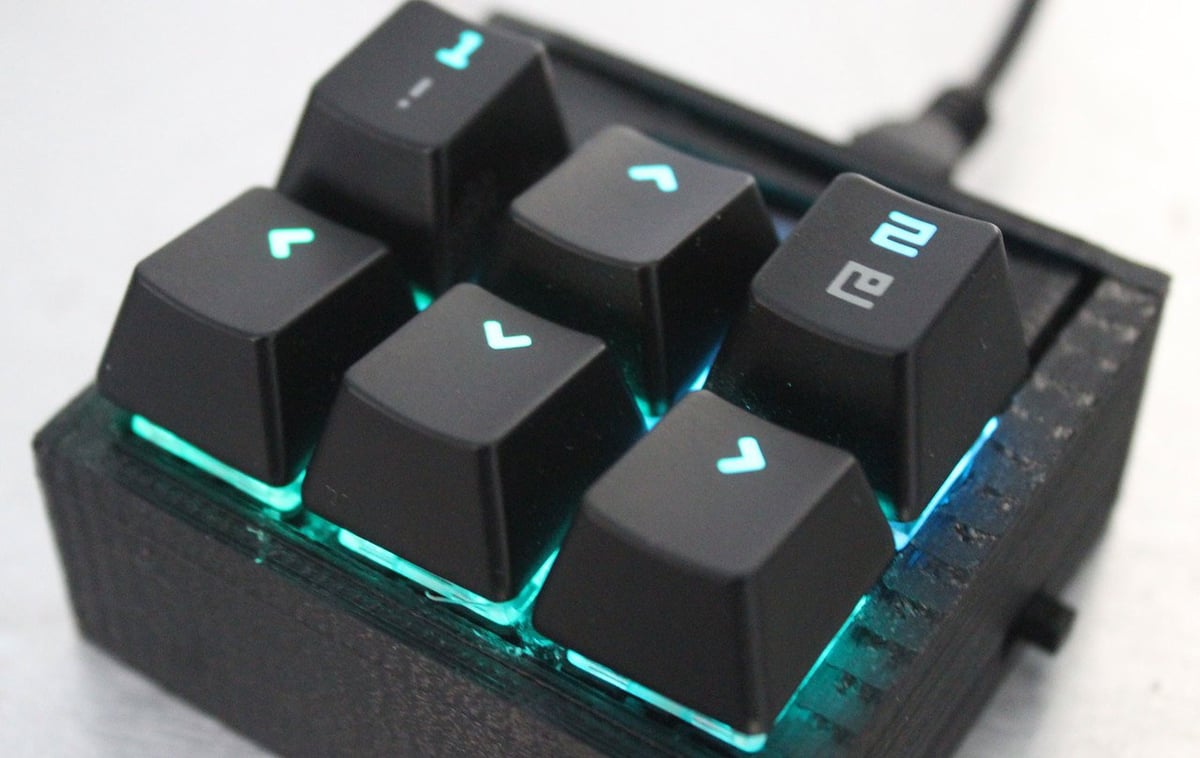
Ever wanted to automate key presses with a single button? Maybe you’d like to speed up the process of laying out a PCB in Eagle or KiCad? Or perhaps you’d like to smooth the process when painting digitally in Adobe Illustrator or Inkscape?
By building and programming your own macro keypad, you can make just about any input device. After prototyping, you could even 3D print your own portable little case, as seen in this guide. Alternatively, you could customize the case for an 8-button version, or even a 12-button version.
- Who designed it: FosterP
- Core components: Arduino Micro, mechanical key switches, mechanical keycaps, addressable RGB LED strips (optional), 128×32 OLED display, wire
- Where to get it: Instructables
Lightning Monitoring System

By detecting electromagnetic radiation, this clever lightning monitoring system can keep track of nearby lightning, making this both an intriguing and practical project for Arduino newbies.
You will need to make the initial lightning detector by the project’s creator to make this monitor, but the initial project is also beginner-friendly. After assembly and installation, the project’s creator suggests testing it out by using an electric lighter to simulate a lightning strike.
All necessary schematics and code are provided as well as a helpful YouTube video to make this cracklin’ creation.
- Who designed it: Mirko Pavleski
- Core components: Arduino Nano, signal amplifier module, lightning detector module, soldering iron
- Where to get it: Hackster, Instructables
Projects for Fun
Anyone who says learning can’t be fun is wrong. With these projects, you’ll get great practice with Arduino boards to develop a minimalist lamp, fun games, and even an RC car!
Minimalist LED Lamp
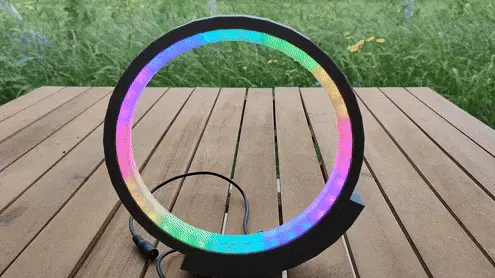
Time to let your let shine with this simple but fun LED lamp project, creating a lovely round colorful light that you can display around your house or garden. It’s low on components, so it goes easy on the wallet as well.
You will need the 3D printed parts, the STLs for which the creator has helpfully included, and then you’ll assemble the parts, with the LED diffuser at its center. You’ll want to make sure you’ve got some transparent filament (the creator opted for PETG) for the center, to truly let the lamp shine.
The creator provides helpful tips, such as the slicing software utilized and printing settings, and provides helpful photos of the assembly. Next, detailed guidance is offered to download and install Arduino IDE, along with the necessary libraries, to program the lamp, and here comes the fun part: The multitude of effects you can create, from rainbow glitter to a cool ripple effect.
- Who designed it: andrei.erdei
- Core components: Arduino Nano, 3D printed parts, WS2811 LED strip, DC plug, wires
- Where to get it: Instructables
Nano Piano
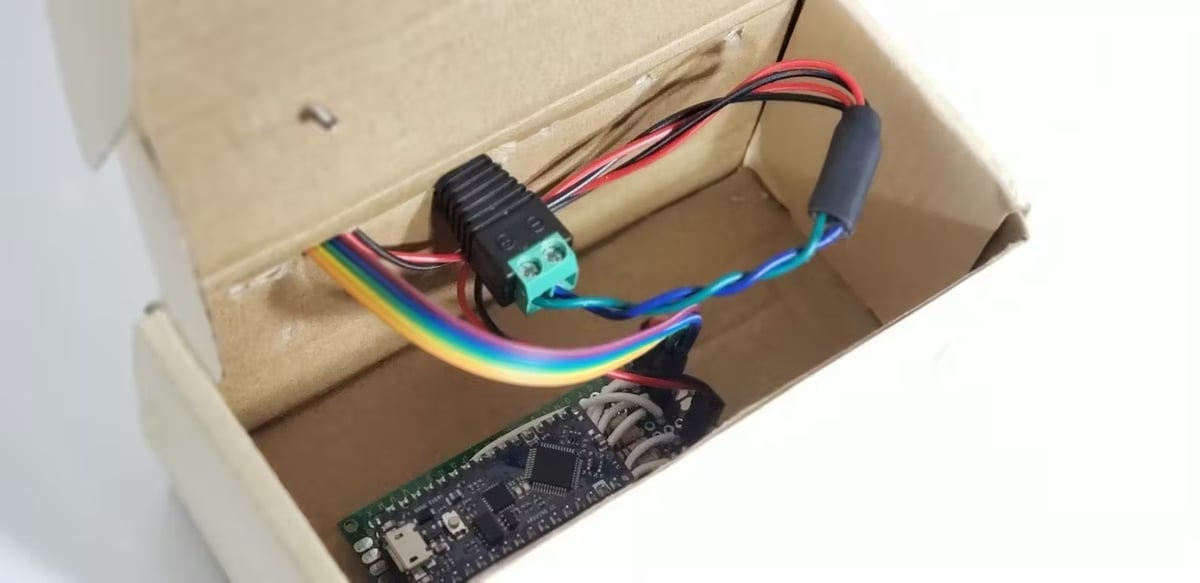
This adorably petite four-key piano is an excellent Arduino Nano beginner’s pick, also featuring a relatively simple assembly process when putting all the components together.
You’ll upload the program to Arduino IDE (all schematics and code are provided) and then it all comes together with a construction base – such as a breadboard – and the electronic elements stored inside a box or some such compartment. While it can be handy to have a 3D printer to make the parts, it isn’t a must for this project. That said, you can take the opportunity to get your bearings with some beginners’ CAD programs and add to those Arduino skills at the same time!
- Who designed it: Christian Madlansacay
- Core components: Arduino Nano Every, buzzer, resistor, push buttons, breadboard
- Where to get it: Hackster, GitHub
Traffic Light
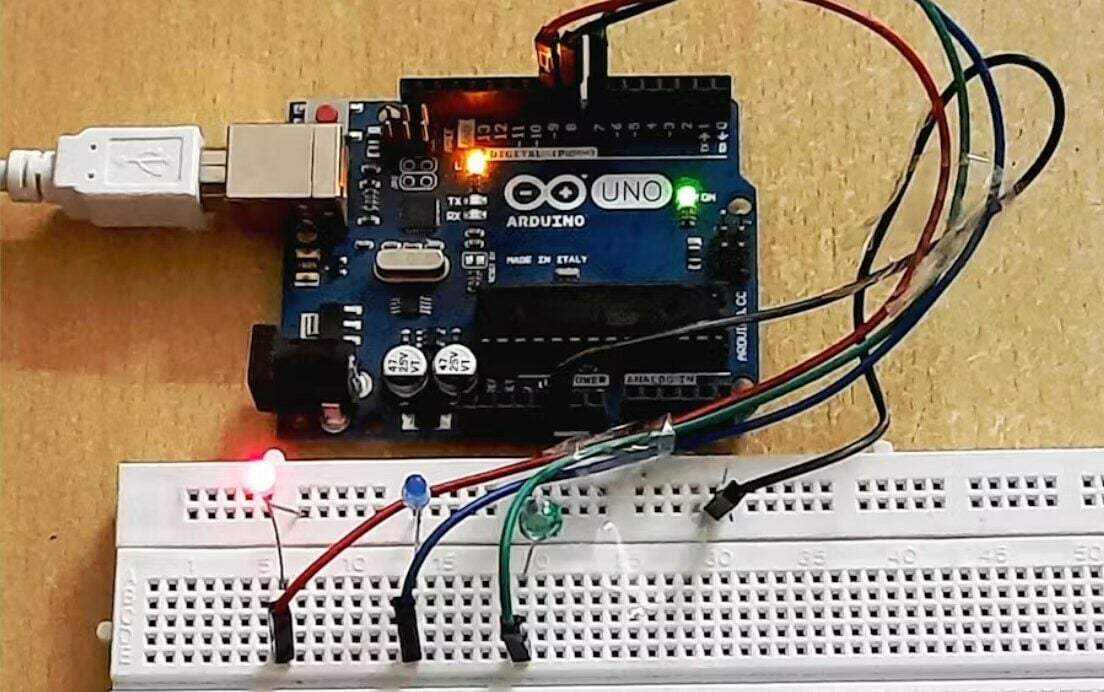
This is a project that’s perfect for those who are just getting started and are looking to develop some fundamental skills. The goal is to create a traffic light using an Arduino Uno.
Using a bit of code and a simple circuit, you can set up a timer and delay for each of the three LED lights. Check out the final program in a video posted by the creator.
- Who designed it: DIY Inventor
- Core components: Arduino Uno, SSD1306 OLED, breadboard, jumper wires, LEDs
- Where to get it: Hackster
Snake Game
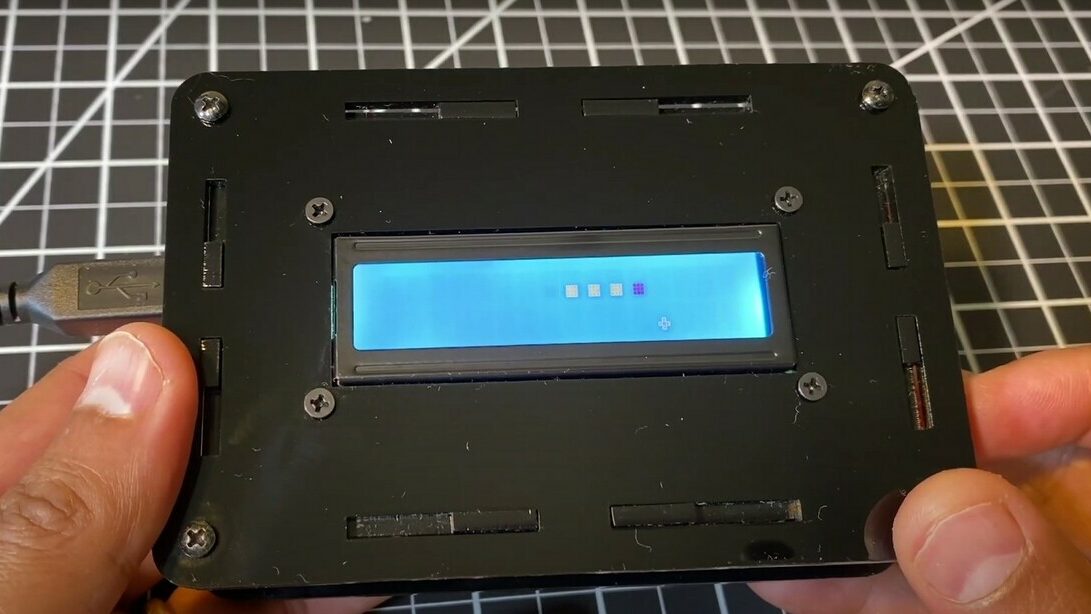
Another simple yet captivating game that you can make yourself with the help of an Arduino is the snake game. The module will provide you with the game development environment using a 16×2 character LCD screen. To play the snake game, you will need two buttons for control and optionally two piezo speakers for background sound effects and music which would play when the snake turns or when the game is ended.
In case you’re very young and don’t remember the Nokia game, here’s how you play: The objective of this snake game is to avoid obstacles and eat apples. Each apple you eat will increase your length by one unit and the game moves faster. The simple code is provided by the author and it’s great for beginners to dissect and learn from.
- Who designed it: Sridhar Rajagopal
- Core components: Arduino Uno, 16×2 LCD module or ProtoStax LCD Kit V2, push buttons or ProtoStax kit for push button switches, jumper wires
- Where to get it: Hackster
Arduboy Clone
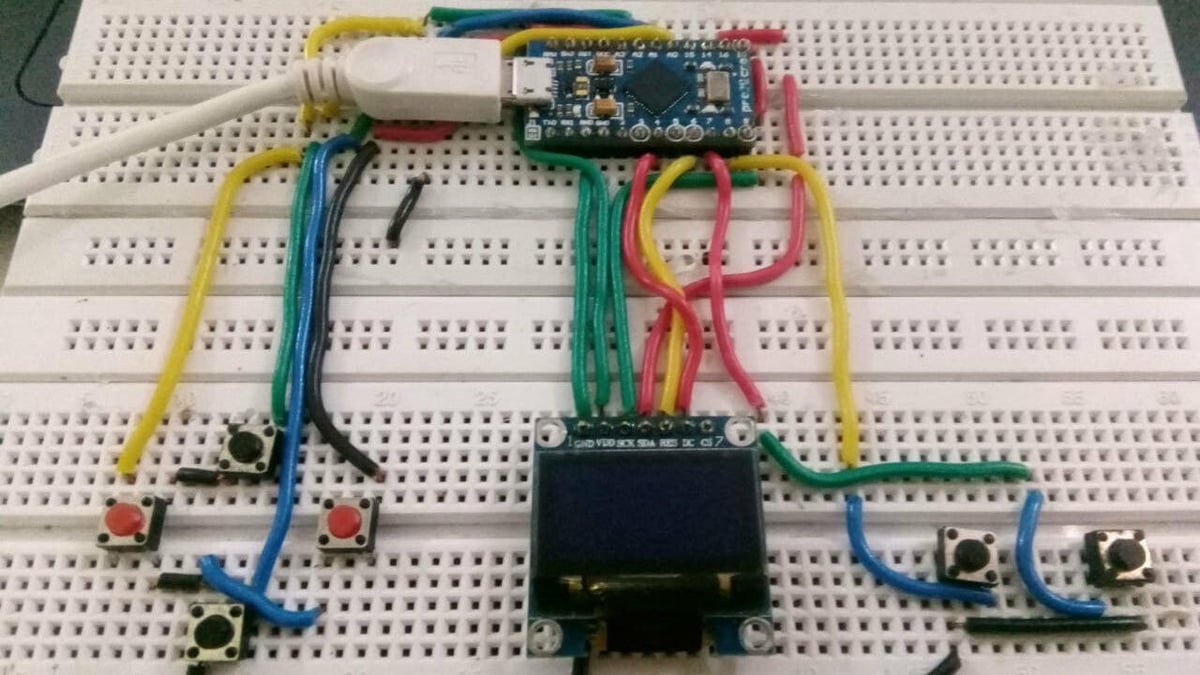
Arduboy is the credit-card sized gaming system based on the 8-bit microcontroller, the ATmega chip 32u4. As the Arduino Micro is also based on the ATmega32u4 chip, you could build your own.
As an added extra, you could also customize it to your heart’s content with these Arduboy cases on Thingiverse.
- Who designed it: PocketApe
- Core components: Arduino Micro, SPI OLED display, breadboard, push buttons, jumper wires
- Where to get it: Hackster
Xbox Controller Emulation
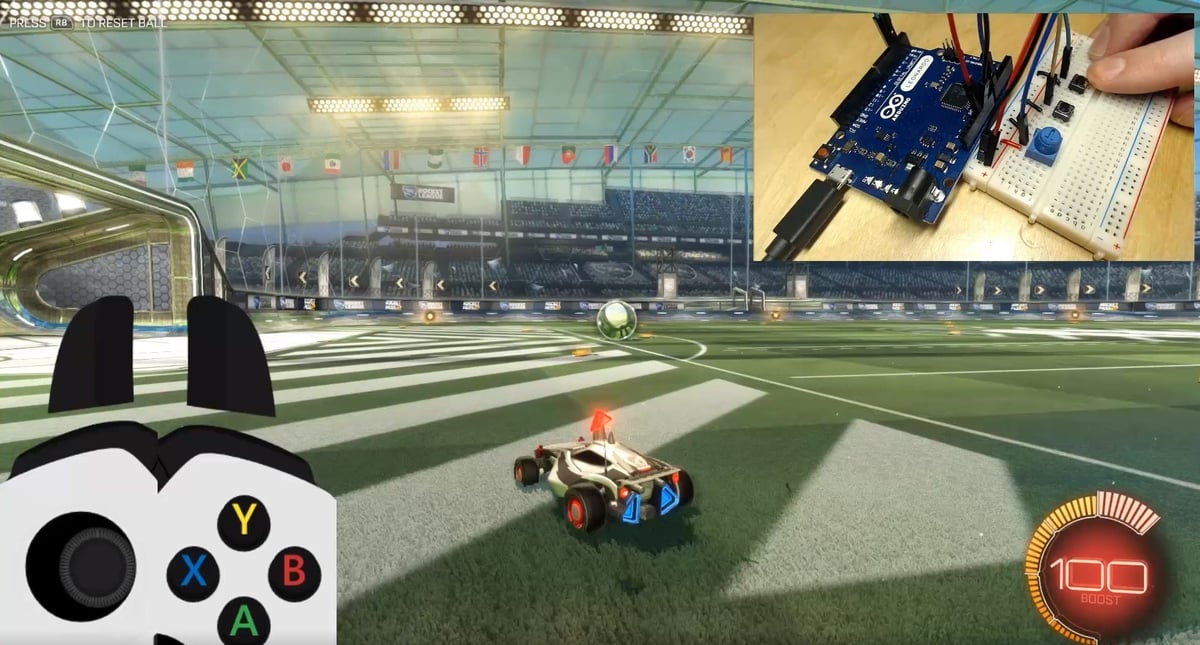
As the Arduino Leonardo sports an ATmega32u4, it can be used to emulate an HID device! Besides a keyboard or mouse, it can also emulate an Xbox controller.
In this guide, you can learn how to program an Arduino Leonardo to do just that!
- Who designed it: Parts Not Included
- Core components: Arduino Leonardo, potentiometer or joystick, breadboard, push buttons, jumper wires
- Where to get it: Parts Not Included
Sequence Memory Game
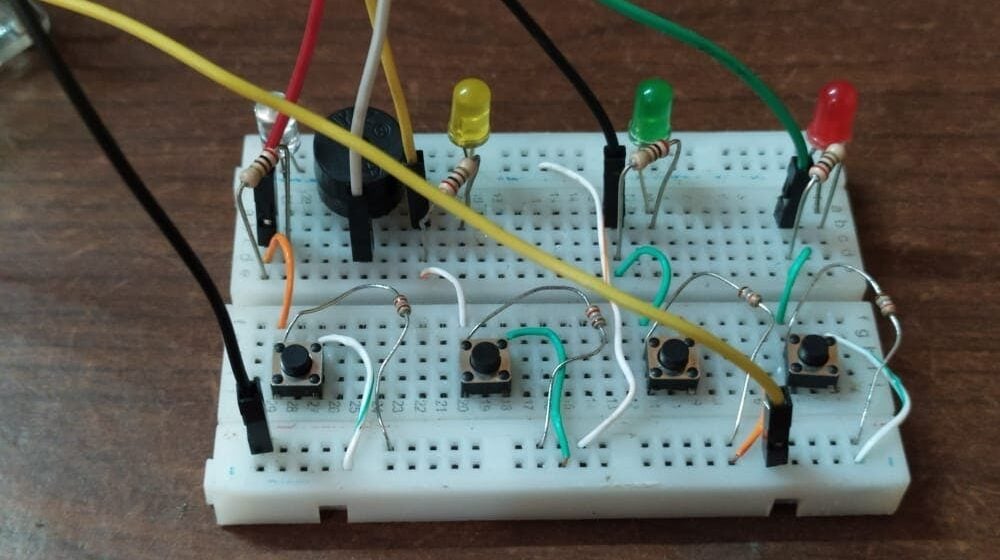
If you were a fan of the memory game Simon, then this project is just for you. If you’re not familiar with the concept, this project is a sequence-based game where you watch four LEDs light up in a random sequence, then you have to repeat the sequence back by pressing buttons. Each round, the sequence gets one light longer and more difficult to remember. It’s useful in improving your memory skills, too.
In the code part given by the author, you can set your own high score to make it challenging. You can also change the alter of LEDs by changing the sequence function given in the code.
- Who designed it: Techatronic
- Core components: Arduino Uno, breadboard, push buttons, LEDs, jumper wires, buzzer, 220-ohm resistor
- Where to get it: Hackster
Bluetooth-Controlled Car
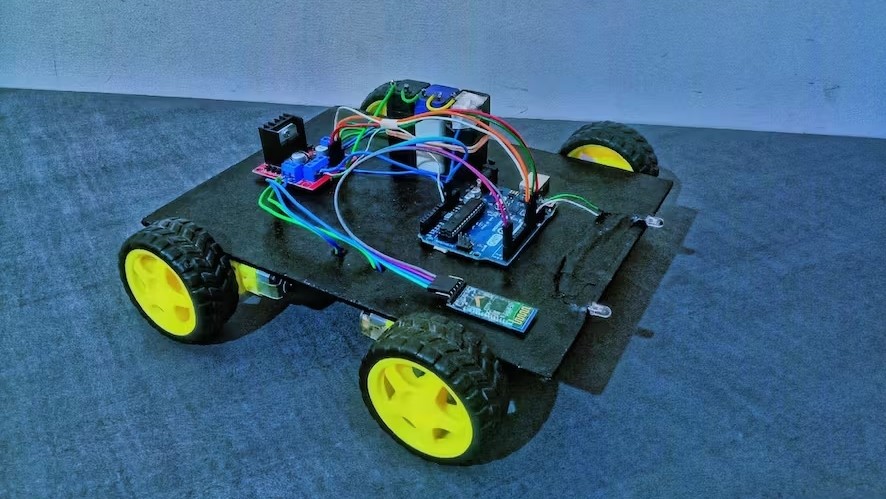
Have a zoom along with the help of Bluetooth and Arduino in this remote-controlled car project: You can operate it remotely with your phone.
It’s best suited to users with some prior Arduino experience, as you’ll need to be able to be confident in making all the circuit connections, but it’s still a good stepping stone for those who’ve just gotten their bearings and are looking for a more challenging project.
Using your base, you’ll attach the motor and boards, and upload the provided code (all schematics are included, as well as a YouTube video where you can see the car in action). In case of battery issues with the car, the creator suggests attaching an extra 9-volt battery to the Arduino. Also note that the Bluetooth module should have the code uploaded prior to being attached to the Arduino, for damage prevention.
- Who designed it: angadiameya007
- Core components: Arduino Uno, Bluetooth module, motor drivers, DC motor, LED, wires, battery
- Where to get it: Hackster
License: The text of "15 Simple Arduino Projects for Beginners" by All3DP is licensed under a Creative Commons Attribution 4.0 International License.
